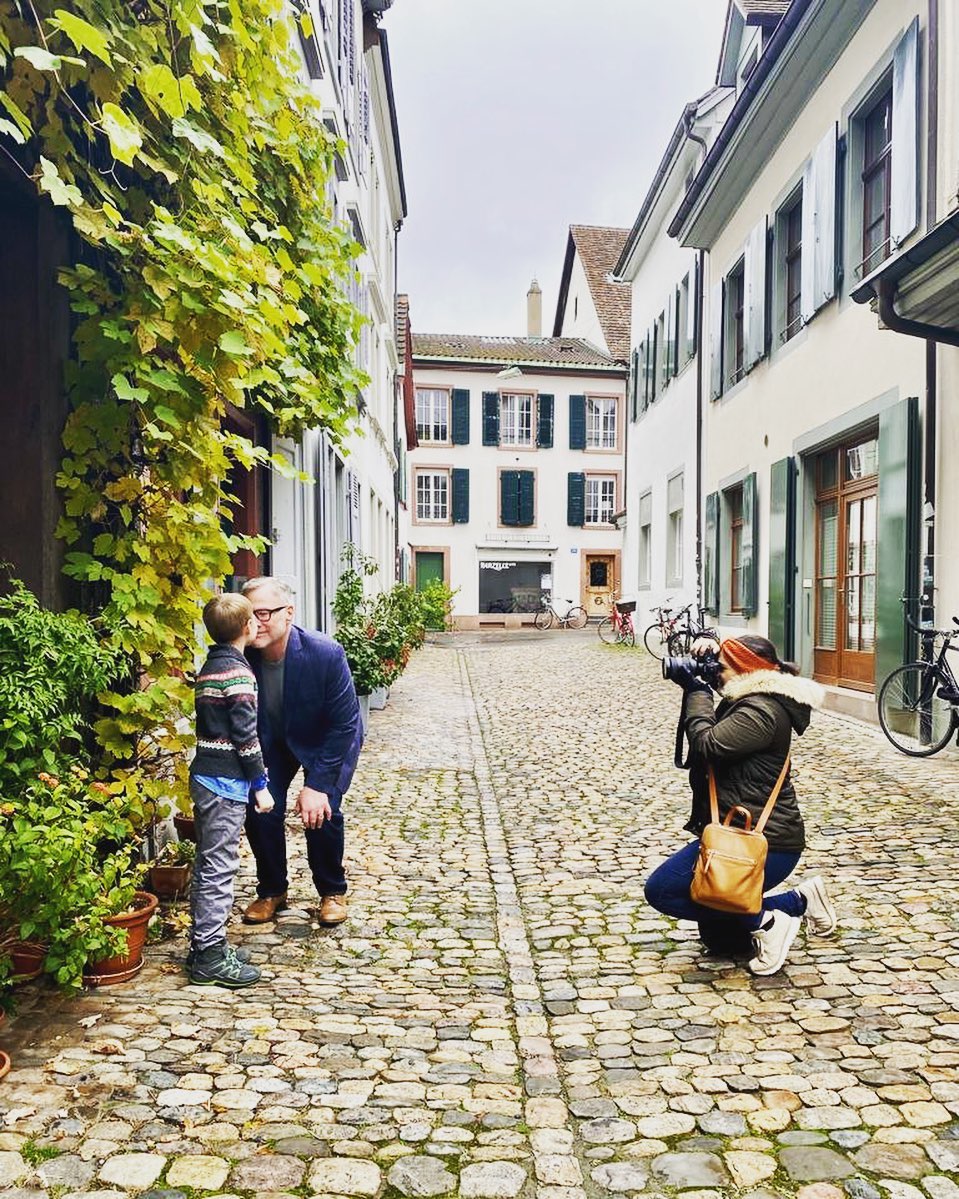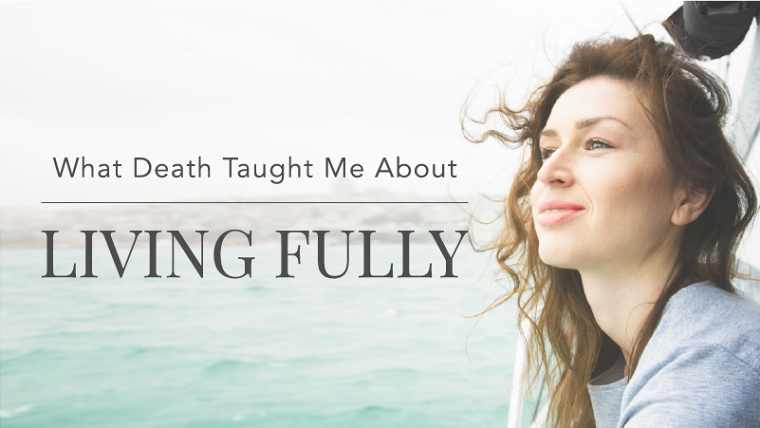This morning my little family rolled out of bed and pulled on clothes we’d actually ironed and I applied once-a-year makeup and wore a real bra and not leggings (!!) to meet up with the always-wonderful Suzy Lou Photography for our annual family photos.
(This is a quick behind-the-scenes shot from last year’s in the Alt Stadt.)
We met Suzy the first fall we’d moved here, back in 2018, when we’d only lived in Basel a few months and we weren’t sure how long we’d actually get to stay. The cityscape along the Rhine was the main character that year, and ever since, we’ve discovered different urban corners to create a visual history as our little guy grows (and as my husband and I both go grey).
It’s a pain in the ass to actually get properly dressed and put on lipstick and we’re often swearing at each other under our breath between snaps, but I’m so, so glad we’ve done this all these years.
Expat life offers no illusion of permanence; everything about our Swiss reality could change in a heartbeat, depending on the job that allows us to stay. The rug can be pulled out from underneath it all at any moment.
So I’m ever grateful to have taken the time for these chilly cobblestone shots over the years.
Thanks to Suzy for bringing Basel to life.









